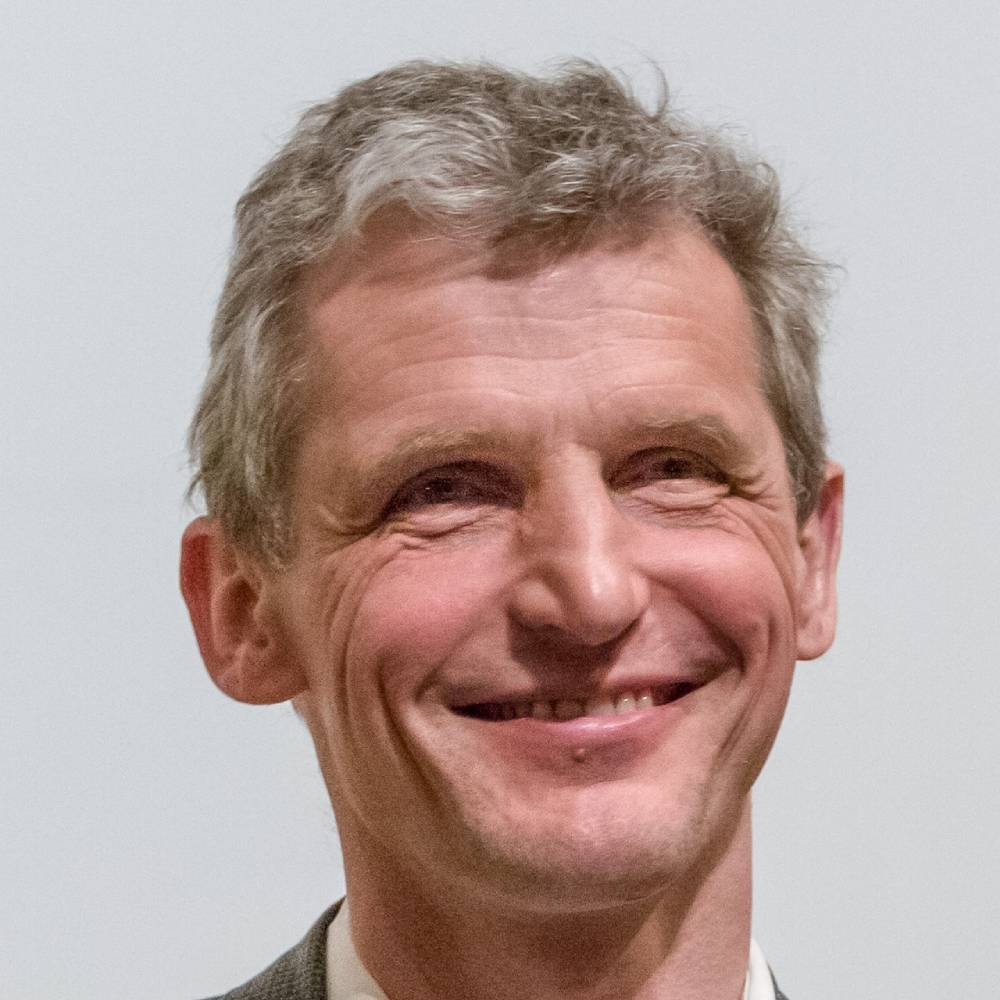Who We Are
Wolfgang Ketterle
Principle Investigator

Wolfgang Ketterle received a diploma (equivalent to a master's degree) from the Technical University of Munich (1982), and a Ph.D. in Physics from the University of Munich (1986). After postdoctoral work at the Max-Planck Institute for Quantum Optics in Garching, Germany, the University of Heidelberg and at MIT, he joined the physics faculty at MIT (1993), where he is now the John D. MacArthur Professor of Physics. He does experimental research in atomic physics and laser spectroscopy and focuses currently on Bose-Einstein condensation in dilute atomic gases. He was among the first scientists to observe this phenomenon in 1995, and realized the first atom laser in 1997. His earlier research was in molecular spectroscopy and combustion diagnostics.
Professor Ketterle's research is in atomic physics and laser spectroscopy, particularly in the area of laser cooling and trapping of neutral atoms with the goal of exploring new aspects of ultracold atomic matter. Since the discovery of gaseous Bose-Einstein condensation, large samples of ultracold atoms at nanokelvin temperatures are available. His research group uses such samples for various directions of research. Bose-Einstein condensates are a new quantum fluid. The interactions among the atoms make them an intriguing novel many-body system. Aspects of interest are sound, superfluidity, and properties of miscible and immiscible multi-component condensates. These topics are interdisciplinary with condensed matter physics.
His awards include a David and Lucile Packard Fellowship (1996), the Rabi Prize of the American Physical Society (1997), the Gustav-Hertz Prize of the German Physical Society (1997), the Discover Magazine Award for Technological Innovation (1998), the Fritz London Prize in Low Temperature Physics (1999), the Dannie-Heineman Prize of the Academy of Sciences, Göttingen, Germany (1999), the Benjamin Franklin Medal in Physics (2000), and the Nobel Prize in Physics (2001, together with E.A. Cornell and C.E. Wieman).
